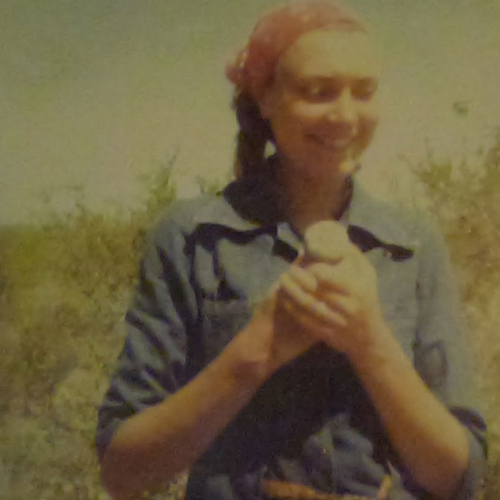-
-
Editor’s Note: This is part seven of Paul Kwiatkowski’s cross-country assignment to investigate alternate perceptions of consciousness. Click here for part one [NSFW], two [NSFW], three [NSFW], four, five and six.
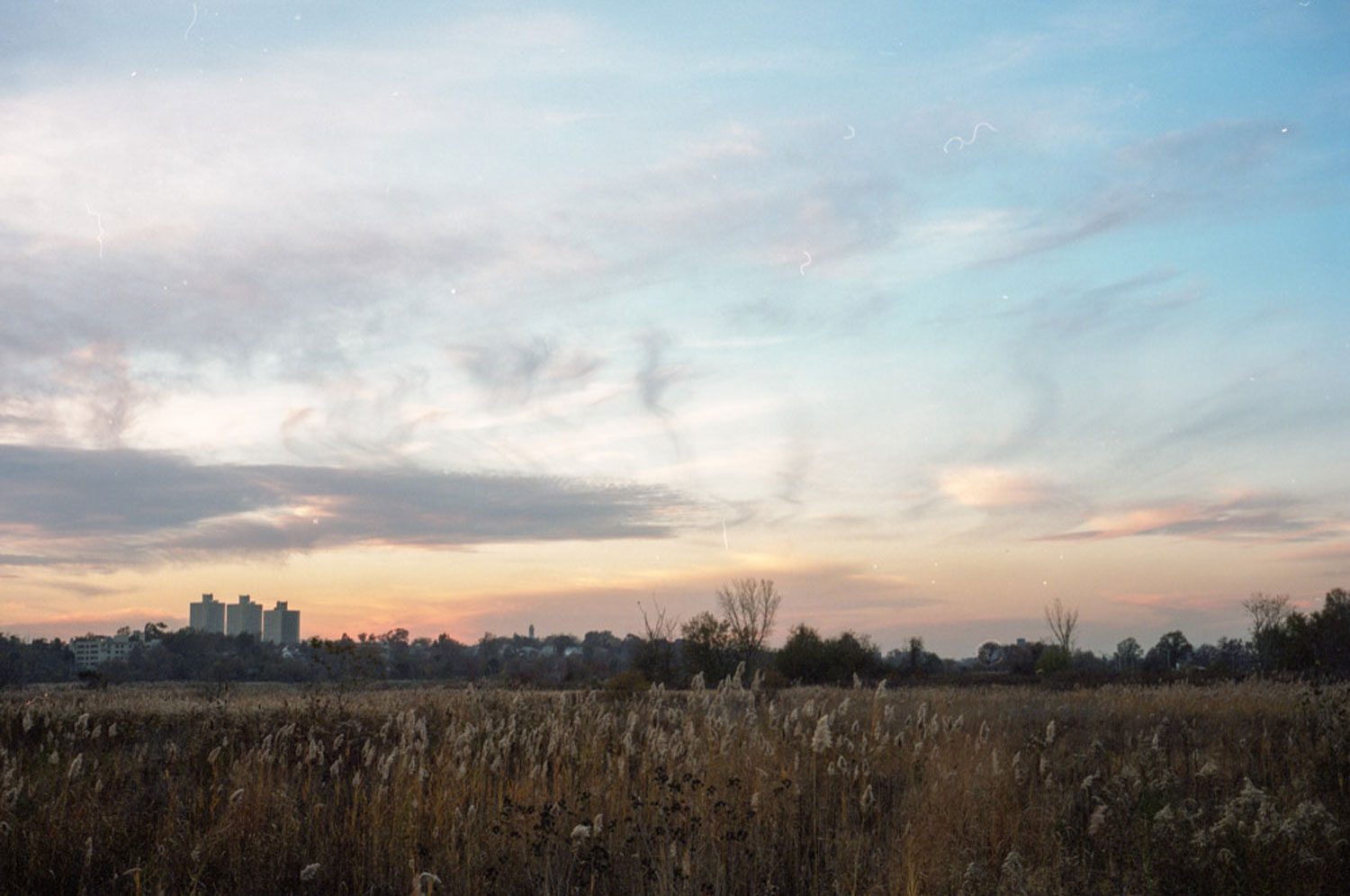
-
Hearing voices in a specific context may differ significantly for the person involved .... In America, the voices were an intrusion and a threat to one's private world — the voices could not be controlled.
However, in India and Africa, the subjects were not as troubled by the voices — they seemed on one level to make sense in a more relational world. Still, differences existed between the participants in India and Africa; the former's voice-hearing experience emphasized playfulness and sex, whereas the latter more often involved the voice of God.
–Stanford Report
-

Queens, New York
-
After returning to New York from Lily Dale I rented a room in Queens. The apartment was near Willow Lake, a nature preserve equidistant from JFK and LaGuardia airports. The park is filled with deer trails and trap doors yet anytime, day or night, you can also see planes taking off and landing from all directions.
-
Directly below the apartment was a nail salon. A ventilation shaft from the salon ran through the wall right next to my television. I could tell because the wall jutted out there, raised like a toxic artery. Watching true crime TV, I noticed a small yellow stain expanding from a fracture where the wall met the duct.
On the roof, the shaft ended at a tin chimney capped with a triangular lid that I couldn’t pry off. I dropped a pebble into the chimney to check how far it was clogged; I heard it land just a foot down.
-
The landlord didn’t clear the duct, he just patched the fracture with plaster — in effect trapping the fumes inside the wall. The smell intensified. My furniture, my clothes, my hair absorbed the scent of nail polish remover. I couldn’t even open the windows, which were sealed to prevent car exhaust pouring in from the Grand Central Parkway.
Days passed in a haze, lingering like the seconds after you wake from a dream. Around noon and 6 P.M., when the nail salon was busiest, my eyes wouldn’t focus. My vision rattled like I had entered the wrong passcode.
-
Most nights I couldn't sleep. Each time I breathed in the fumes fouled my brain. I saw the drops of water specked on the windows at a cellular level. Microscopic bits of protoplasm like corpuscles of blood animated the atmosphere.
I usually tried to walk it off at the park. The days played out in a continuous loop.
-
-
I watched a program on Investigation Discovery about Willow Lake reopening after having been abandoned for 15 years. Rumor was that the mob used the closed park to dispose of bodies. There was other speculation about the area being polluted with oil, heavy metals and runoff from the scrapyards and waste-processing sites of Willets Point, an industrial neighborhood to the north.
The show featured a series of frantic 911 calls from two joggers saying that they’d felt prodding while running down the narrow trails through the park. One person thought she was being attacked, possibly raped. Another woman claimed she heard voices inside her head like she’d tuned into a distant radio signal.
-

-
Following a montage of desolate trails, the host interviewed an acoustic engineer who claimed that overlapping electromagnetic waves from both airports’ call towers caused an agitation in the atmosphere around Willow Lake. The push and pull of radio frequencies from both towers caused the air particles to vibrate at spastic intervals. The interference created noise and disharmony, making people ill:
The waves initiate a pulse, which creates more waves. Somewhere in that slush, our perceptions of form and matter degenerate. If too many of these frequencies overlap, fissures occur. These crevices cause spatial perceptions to overlap and fold in on themselves. Over time these folds solidify into pockets. People could go missing here.
-
The host walked alongside a body of water that could’ve been anywhere but Willow Lake. His earnest speaking-while-walking voice was accompanied with equally earnest hand gestures. He explained:
Some argue that Willow Lake is the site of a new biorhythm. They believe that the electromagnetic waves meeting there are building up bio-electric fields. They claim that Willow Lake is the topographical manifestation of atrophy, an ecological cancer.
A sobbing woman looked past the reeds of Willow Lake, which cross-dissolved into Manhattan’s skyline coming into focus. The host’s parting words were: “It’s impossible to have a quiet mind in Willow Lake.”
-
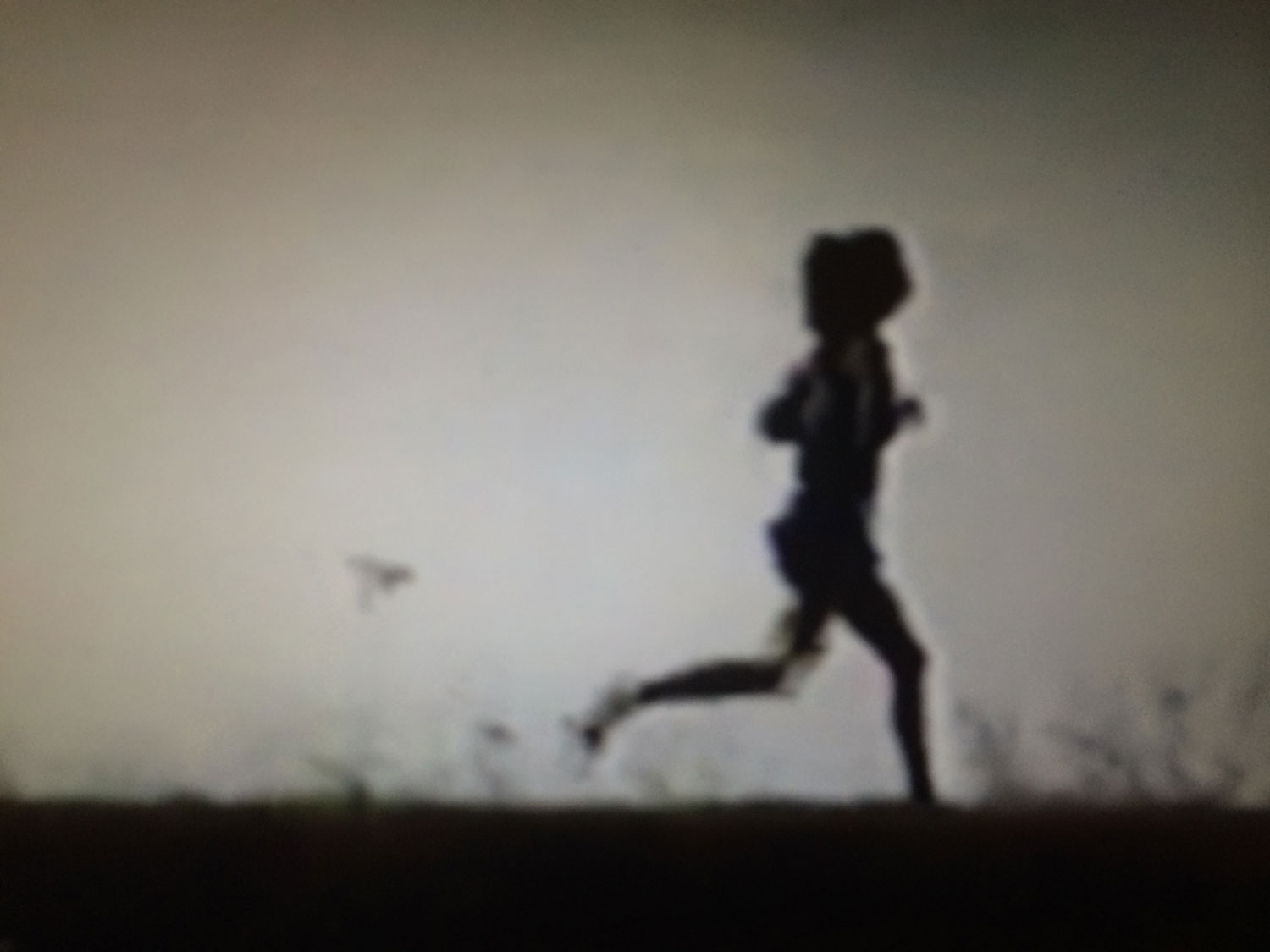
-
When it was too cold to venture out I binged on another Investigation Discovery TV show, Disappeared. I watched four seasons, cataloguing the recurring dialogue. Each episode started with roughly the same monologue:
XXX disappeared on Friday, December 5, 2014. When people disappear without a trace, often the most critical information is hidden in their actions and words from the days before they vanished. XXX’s last known whereabouts may hold the clues to what happened to him.
-
In a vain effort to make sense of idle time, I reassembled fragments of dialogue from the program about Willow Lake and Disappeared until they resembled a narrative outside of both shows:
-
“You run through the possibilities in your head and you hold onto the one where he’s alive and out there living his life.”
-
“We were at Willow Lake watching planes take off from both airports.”
-
“High frequency fluctuations — sounds similar to strong ringings, whinings or even screams — occur at certain spots in Willow Lake. The noises seem to be related to the waves emanating from the control towers around LaGuardia and JFK.”
-
“The sound collected in my pores. My skin whistled at the frequency of Willow Lake.”
-
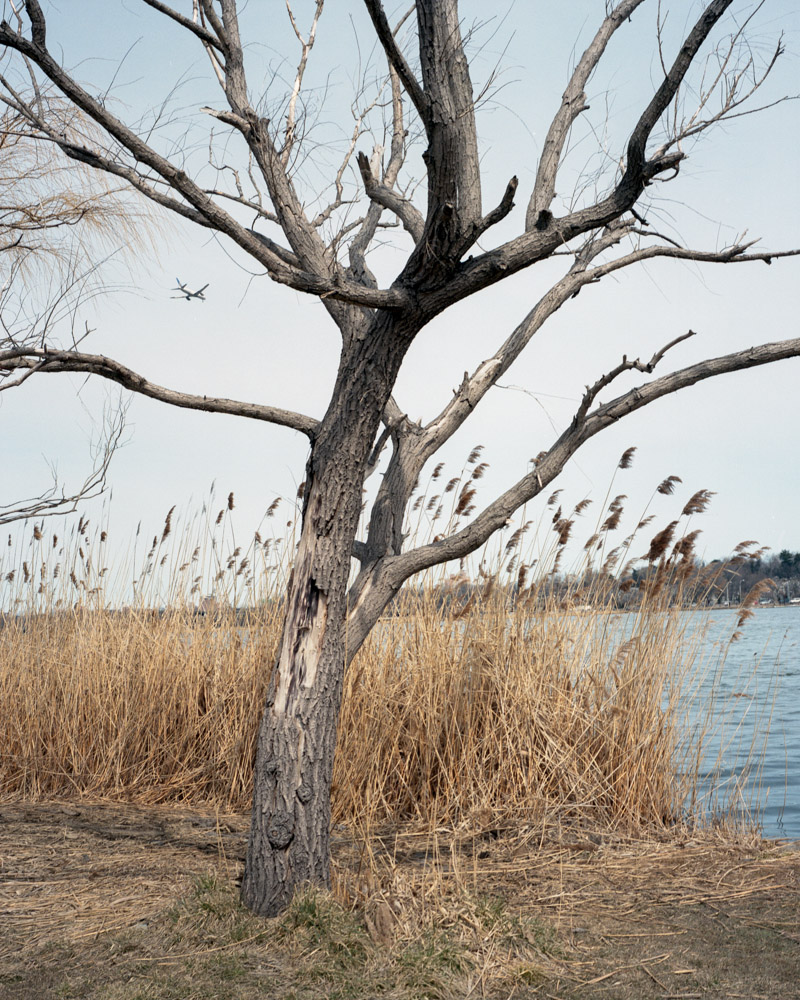
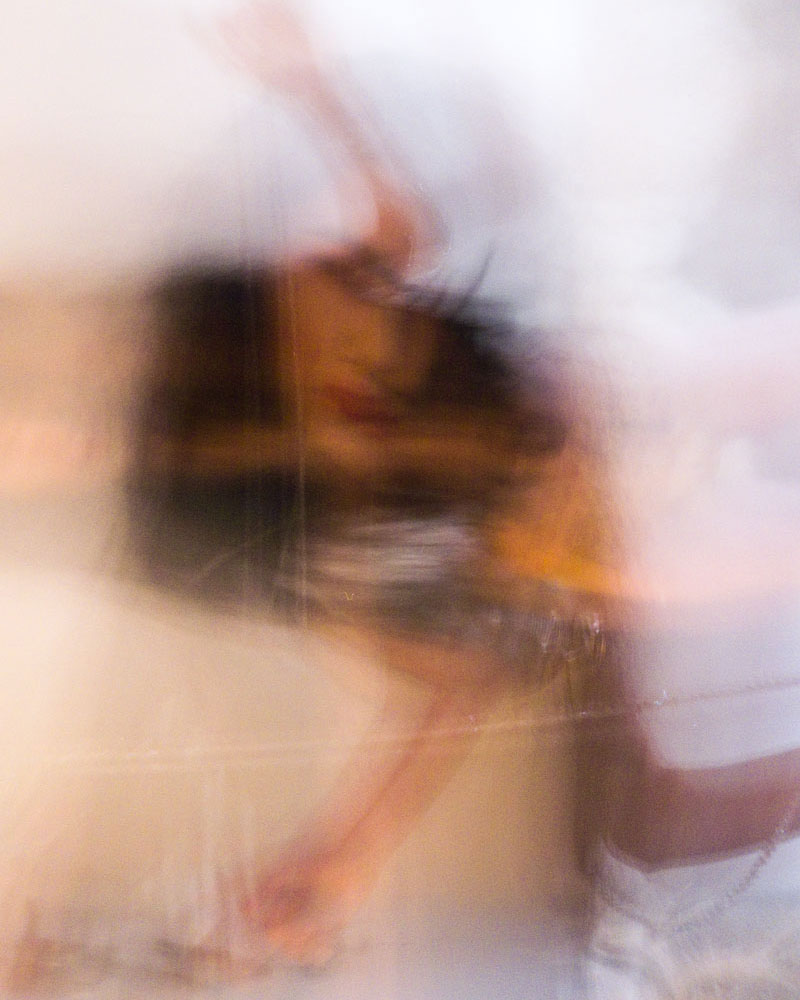
-
“Imagining he just got up and left is a possibility we all cling to. It makes grieving easier to deal with.”
-
“Our brains are vulnerable to Extremely Low Frequency waves, which are emitted by particular kinds of technology — electric power grids, for example. ELF radiation can cause human beings to resonate at dangerous frequencies, like a tuning fork.”
-
“Every life is a mystery. Not just because of what happens, but because of what might have been prevented, missed or altogether avoided.”
-
“We were urged to confide in the police or investigators regarding any information about where he’d been or with whom he might be.”
-
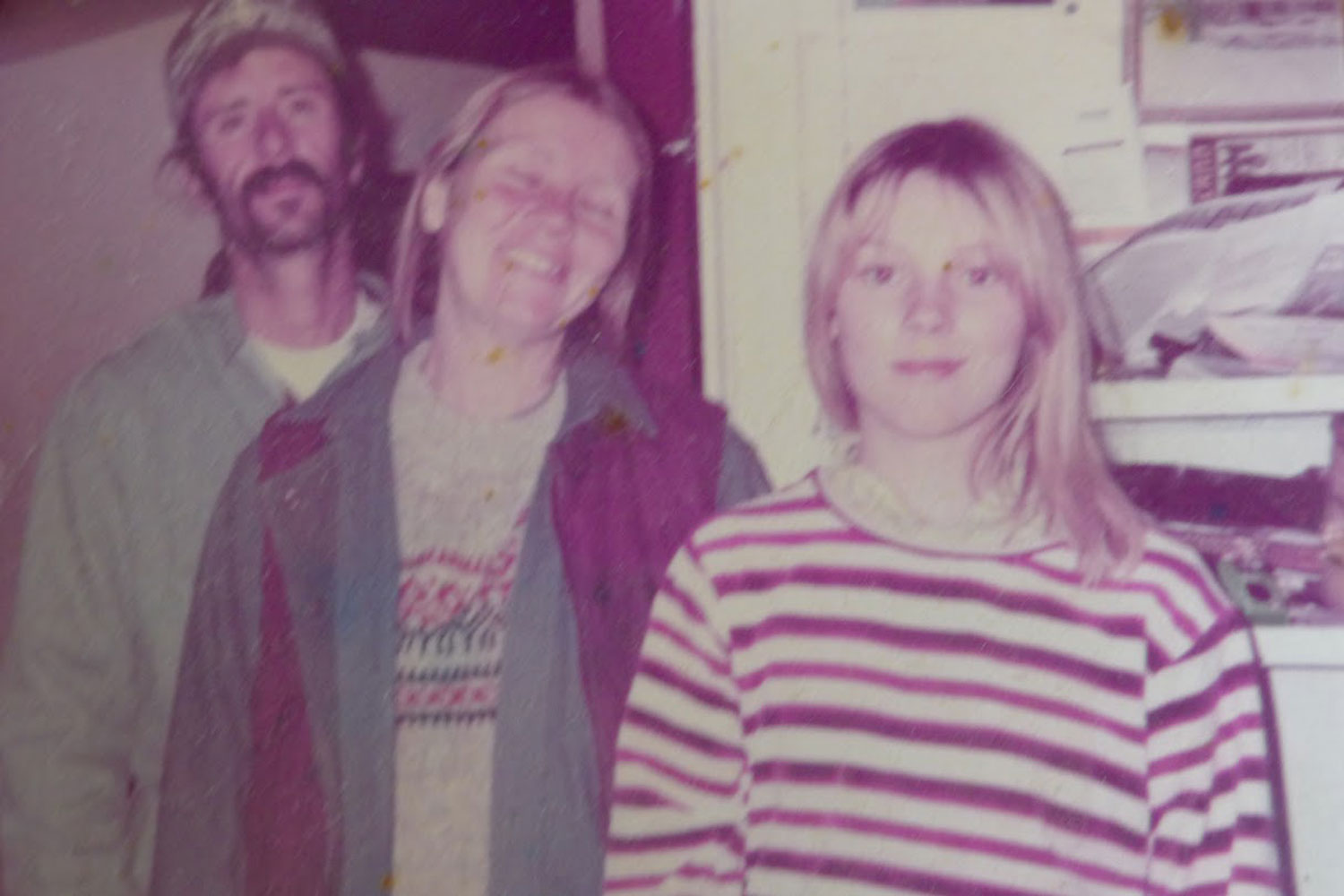
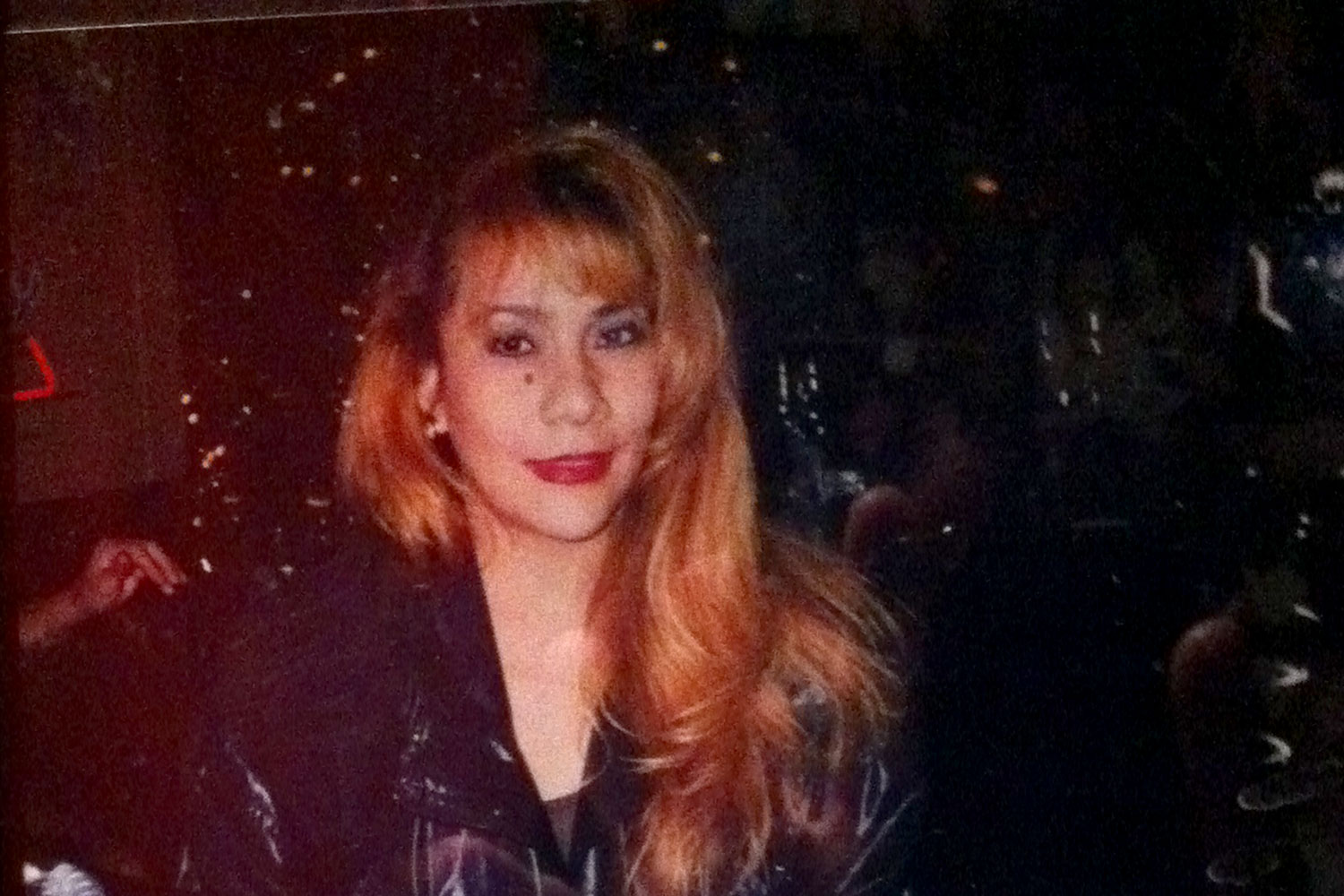
-
“In less than a year the missing signs on lampposts became candlelight vigils.”
-
“Through signal wave disease transmission, physical conditions can be captured as sickness signatures, reproduced and broadcast to influence unsuspecting targets. The brainwave patterns created by synthetic drug use, for example, can be copied and delivered via ELF waves to induce hallucinations.”
-
“We used to have a lot of fun here. It was like our own playground and then everyone started getting sick.”
-
“Studies have shown that citizens can become addicted to the signal and will suffer withdrawal symptoms when they are separated from the source for long stretches.”
-
“While investigators track his final movements, neighbors set up a website that generates a lot of false leads.”
-
“He didn’t really have anything to lose by not telling me.”
-
“He took those stories with him.”
-
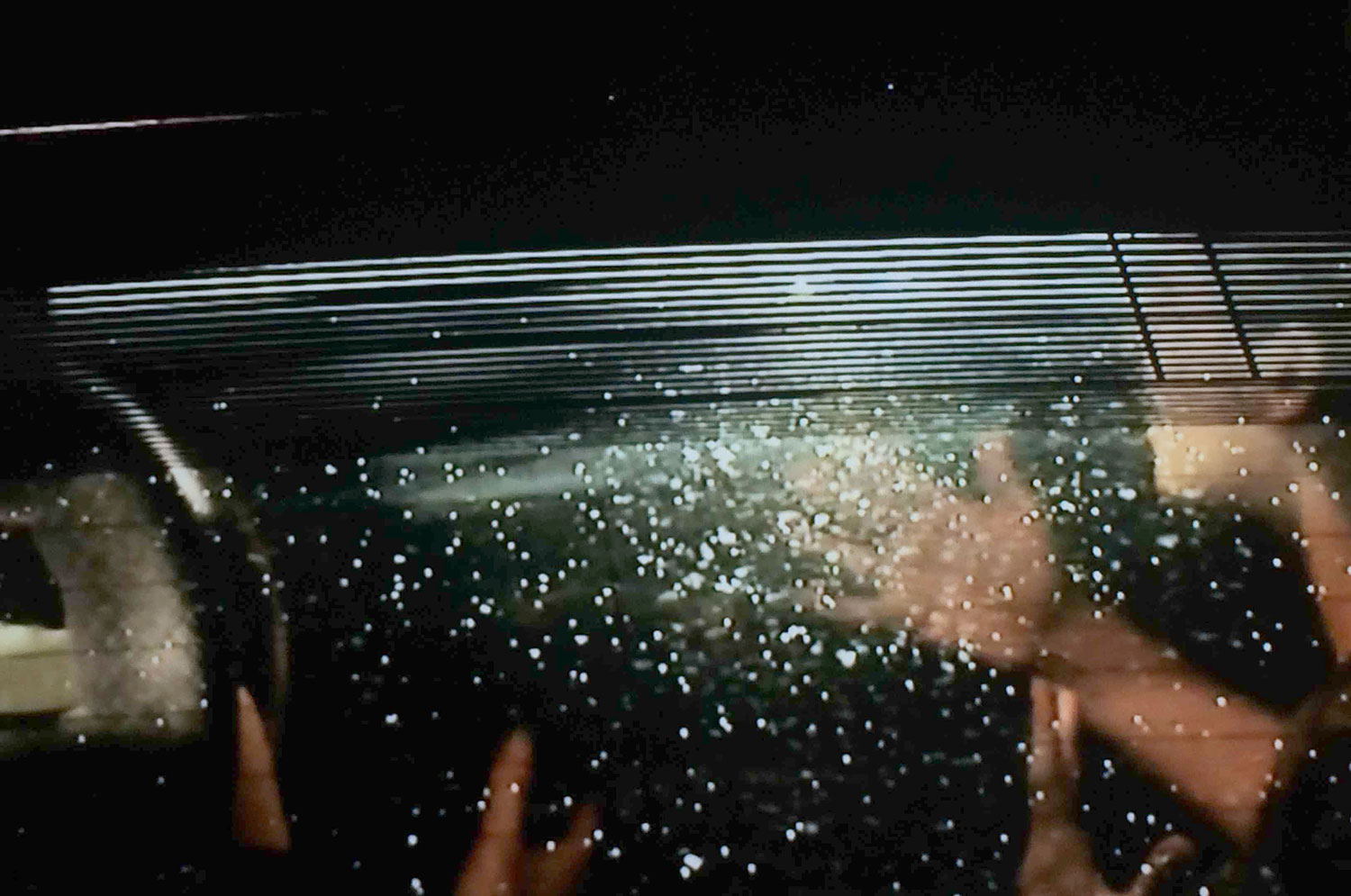
-
“We put that out of our mind.”
-
“Life is good. It is what it is.”
-
“Years pass, detectives retire.”
-
“The signal travels by waves that hug the ground rather than radiate into the atmosphere. A control tower transmits up to a 30-mile radius, the signal dropping off sharply outside the border.”
-
“The signal can trigger flashbacks.”
-
-
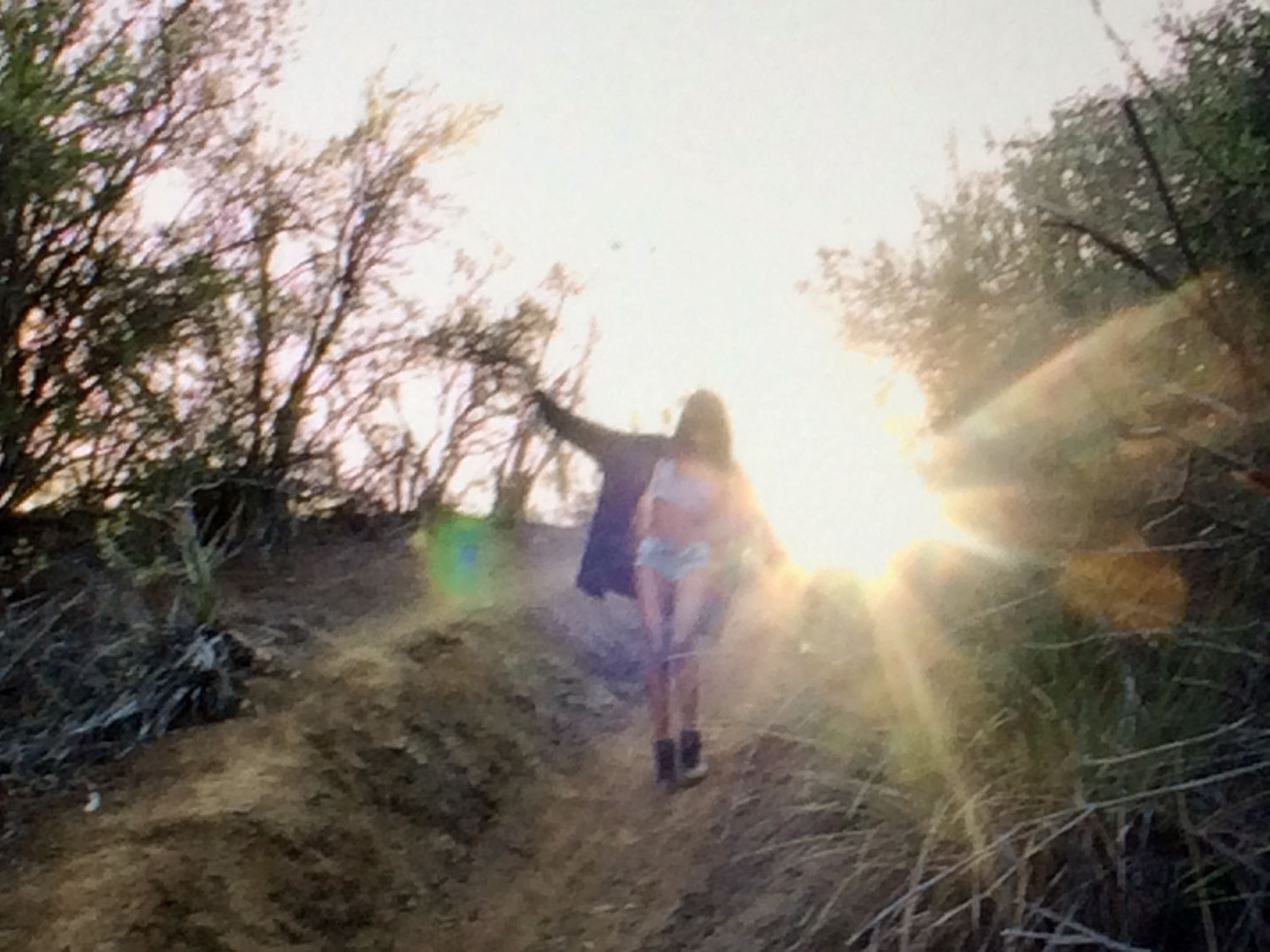
Part VIII
Eat Prey Drug: Summerland -
Share on FacebookShare on Twitter
Read More In This Series
Or Buy Paul Kwiatkowski's Book
And Every Day Was Overcast

Out of South Florida’s lush and decaying suburban landscape blooms the delinquent magic and chaotic adolescence of And Every Day Was Overcast. Paul Kwiatkowski’s arresting photographs amplify a novel of profound vision and vulnerability.
$29.95
Eat Prey Drug: Willow Lake
Text and Photographs by Paul Kwiatkowski & Bryan Formhals, Animation by John Reposa











